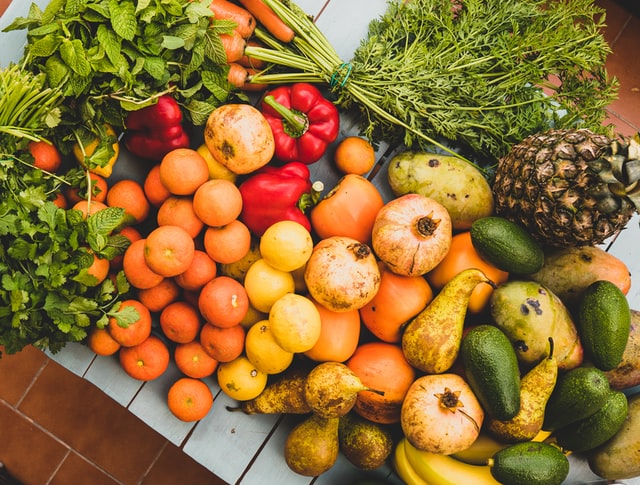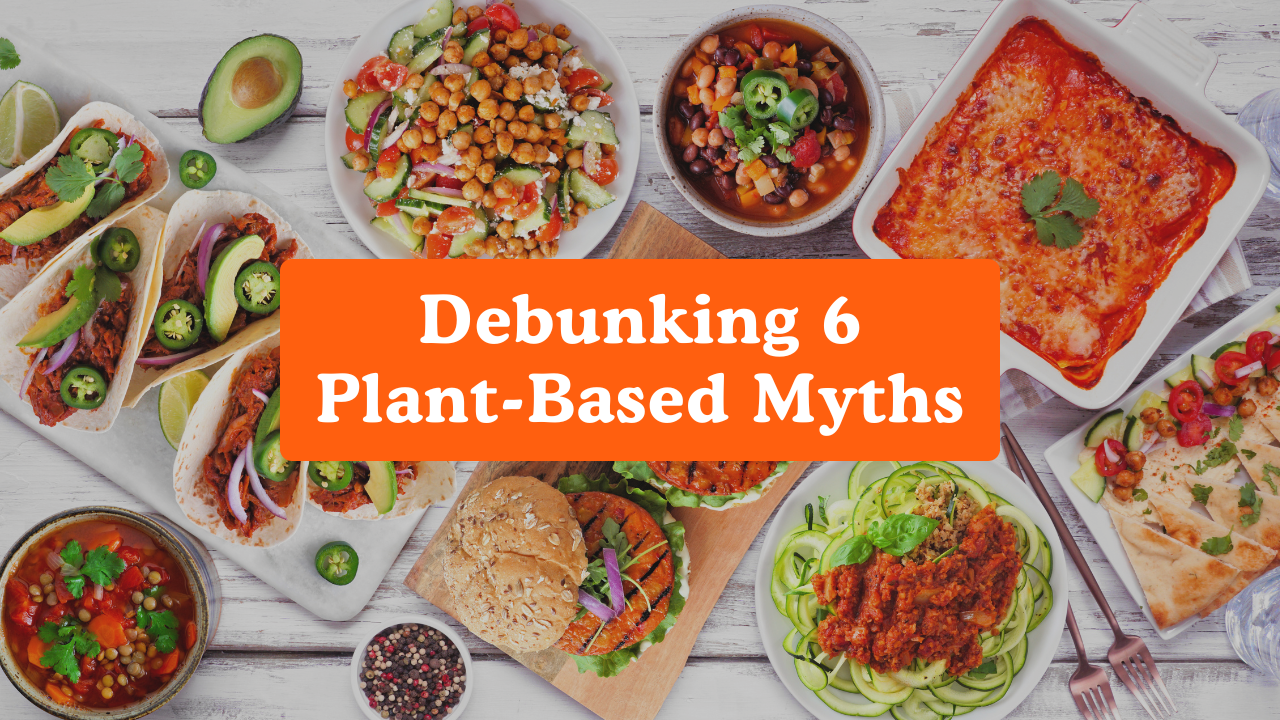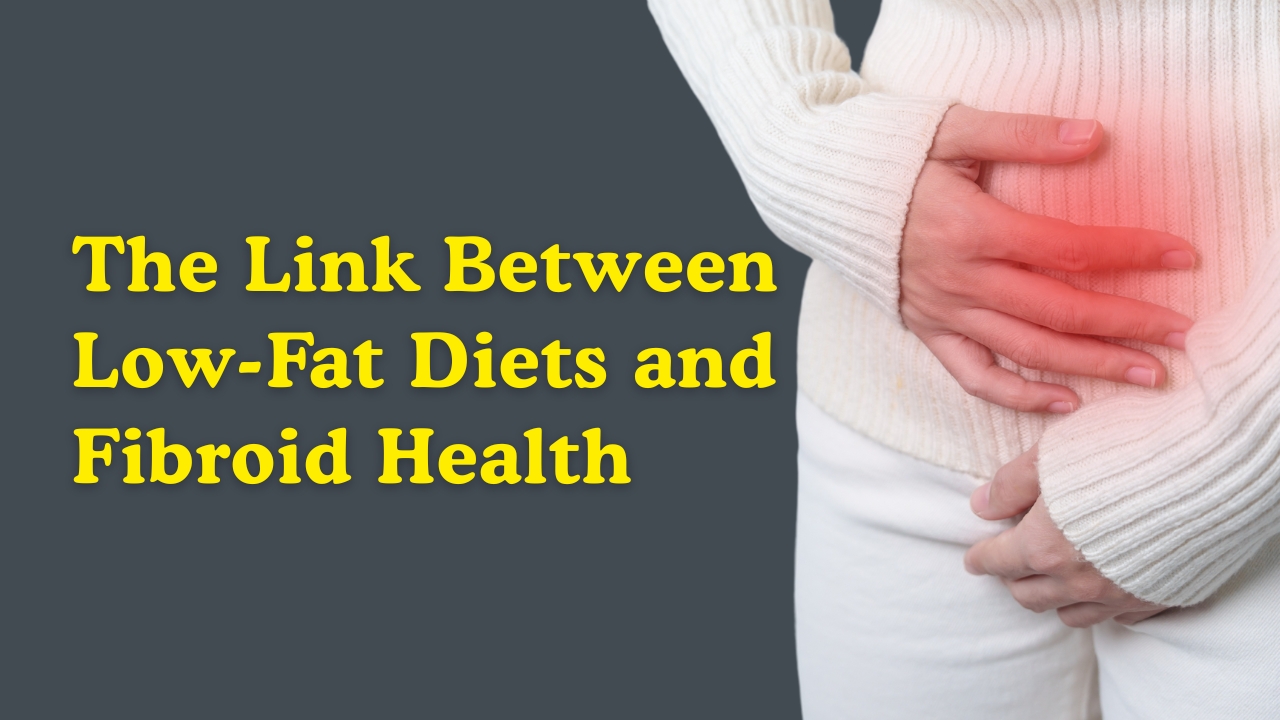I am Dr. Monique, Board-certified Family Physician and Founder of Physician in the Kitchen. With my NEW best-selling cookbook, Doc Fix My Plate! The Physician In The Kitchen’s Prescriptions For Your Healthy Meal Makeover, my other best-selling book, MealMasters: Your Simple Guide to Modern Day Meal Planning, my online course, Vegan-ish: How To Plant-Base Your Pantry and online cooking classes, I help busy households enjoy healthy plant-based eating without impacting their hectic schedules.
Hello MealMasters! People choose to adopt vegan or other lifestyles for a variety of reasons, and they are usually related to improving their health. They may want to eliminate the need for medications to treat their cholesterol or high blood sugar, or maybe they want to lose a few pounds to reach an ideal or preferred weight. By cutting out animal protein, you may notice an improvement in chronic conditions such as joint pain or kidney disease. You may also decrease your risk of developing certain types of cancer. For me, in addition to the known health benefits of a plant-based diet, I truly enjoy experimenting and testing recipes featuring vegetables or other plant-based foods. I also get to create in my “lab” while using my many kitchen gadgets and appliances. This year I am chronicling my journey toward more plant-based meals, and I am sharing with my readers my favorite foods, along with tips and tricks I have discovered along the way.
Today I am continuing my series, Dr. Monique’s Favorite Food ABCs. The foods that are on this list are here because of both their contributions to mouth-watering dishes as well their health benefits. So far we have discussed the following:
- A for Avocado
- B for Beans
- C for Cilantro
- D for Dairy Replacements
- E for Egg Substitutes
- F for Fresh and Frozen Fruits and Vegetables
- G for Ginger and Garlic
- H for Herbs
- I for Indian spices
- J for Jackfruit
- K for Kale
- L for Lentils
- M for Maple Syrup
- N for Nuts
- O for Orange
- P for Portabello Mushrooms
- Q for Quinoa
- R for Rice
- S for sweet potato
- T for Tomatoes
U is for Unsalted Foods. Today’s spotlight is on salt, or more specifically, unsalted foods. Salt (or sodium chloride, its chemical name) has been around since 6,000 BC. Its properties as a preservative have made it very valuable as well as ubiquitous. And yes, it certainly brings out the flavor in food…surely I’m not the only one who likes to add a little salt to apples, watermelon, and cantaloupe to bring out the sweetness? But salt is used very liberally in prepared and processed foods nowadays, even in things you may not suspect. For example, did you know that poultry producers add salt to raw chicken to boost the flavor and make it weigh more? Salt attracts water which adds to the weight, so that means you pay on average $1.50 extra per package just for added saltwater. Both the health and financial implications of this are more reasons to consider a plant-based diet. Salt can be hidden in a lot of processed foods like pizza, sausage, sandwich meats, fast food, and canned goods.
As someone with hypertension (high blood pressure), I personally do not cook with a lot of salt, and I am very careful to read food labels to see how much added sodium is in my food. The recipes I have been sharing thus far in this series are made with very little, if any, added salt. I encourage my readers to look for other healthy and natural sources to flavor your food. Fresh herbs and spices are delicious ways to boost flavor without adding extra salt. Salt is hidden in food labels under a variety of names, such as “natural flavors”, sodium bicarbonate, baking soda, baking powder, MSG, sodium, di-, and trisodium, sodium citrate or sodium nitrite, just to name a few.
So other than making food taste good and satisfying your salty snack cravings, what does sodium do in your body?Sodium chloride is important in the body for normal nerve, muscle, and heart function. The cells of your nervous system use salt to communicate with each other and transmit signals. It plays a role in controlling blood pressure as well. For a healthy balance, the recommended amount of salt intake is less than 2000 milligrams per day (about a teaspoon of table salt), but the ideal amount is 1500 mg. However, in the United States, we often exceed that amount (about 3,500 mg), particularly by eating a lot of takeout, restaurant or processed foods, which can easily have more than a day’s worth of sodium in one meal. This is bad for you because excessive amounts of salt can cause fluid retention and swelling, increase blood pressure, and increase the risk for heart attack and stroke. For those with heart failure, kidney or liver problems, or any condition anything that causes you to have fluid balance issues, you should speak to your doctor about what your recommended amount of salt should be per day.
All salt is not created equally and there are many different types. During my research, I came across an interesting this article that said almost 80% of people that were surveyed had at least three different types of salt on hand, and 20% had five or more varieties. I actually have three on hand myself: iodized, kosher, and sea salt. As I mentioned, I am very careful about adding extra salt when I cook. But salt can be hidden in foods and may be sabotaging your efforts to watch your salt intake. My personal experience with this happened about 15 years ago. I was at a church function and ate some taco soup. It didn’t taste salty to me so I didn’t give it a second thought. Well, later that night I noticed that my hands and feet were very swollen and tight. As I thought about what could have caused this, I realized the taco soup was probably made with some packaged seasoning and ground beef that were loaded with salt. I realized then that I had become salt-sensitive, meaning that the extra salt had made me retain fluid and caused the swelling in my hands and my feet. The extra fluid can make the heart and kidneys work harder. That is why one of the first things we tell people when they are diagnosed with high blood pressure (or to prevent them from even developing it) is to cut back on the sodium intake, to decrease the risk for heart attack and kidney failure.
As you experiment with other ways to season your food, you may realize you may not even need as much salt as you used to and, after cutting back on salty foods for just a week or two, you can actually reset your taste buds. Afterwards, foods will likely taste saltier to you than they did before. But keep in mind that one teaspoon of kosher salt, often used for savory cooking, and one teaspoon of table or iodized salt, do not equal the same amount of actual sodium. In terms of sodium content, a teaspoon of table salt equals one and a quarter teaspoon of kosher salt. This includes condiments such as ketchup and in soy sauce. Coconut aminos is a much lower sodium containing ingredient that can used in place of soy sauce.
Other ways to save yourself some salt intake is to look for low or sodium-free options. While the salt content may not be zero, it should be a lot less than what the regular version of that item contains. When you are using anything that’s not fresh, it’s going to contain some sodium to help preserve it. Rinse canned vegetables off to remove as much sodium as you can. But of course the best way to avoid excess sodium is to cook with more fresh fruits and vegetables and season with herbs and spices.
So how can you tell if you are retaining fluid? As I mentioned above with my experience, you may notice that your rings are difficult to remove. When you get undressed, if you notice that your socks are leaving an indentation around your calves that can be a sign of fluid retention (also known as edema). If you notice that you are gaining weight rapidly, and don’t think it’s coming from what you are eating, or if you are having problems sleeping flat at night due to shortness of breath, see a doctor immediately because these are symptoms of fluid overload, and could be due to weak heart muscle.
In summary, salt plays a vital role in our bodies, but too much can cause harm and increase the risk for heart attack and stroke. Look for other ways to season your food so you can cut back or even eliminate the need for the salt shaker on your table.
Be sure to join me weekly on the Clubhouse app, Mondays at 6 pm EST as I discuss my journey toward more plant-based meals as well as tips and tricks I have learned along the way that may help you as well.
See you in the kitchen!

For more information, be sure to visit me at DrMoniqueMay.com, and join the #MealMastersCommunity at www.Facebook.com/groups/mealmasters today.
Follow me on Instagram at https://www.instagram.com/drmoniquemay and https://www.instagram.com/physicianinthekitchen/ and Facebookat https://www.facebook.com/DrMoniqueMay and https://www.facebook.com/physicianinthekitchen.




